1. Solar Panels
Harnessing sunlight to generate electricity, reducing reliance on fossil fuels and decreasing greenhouse gas emissions.
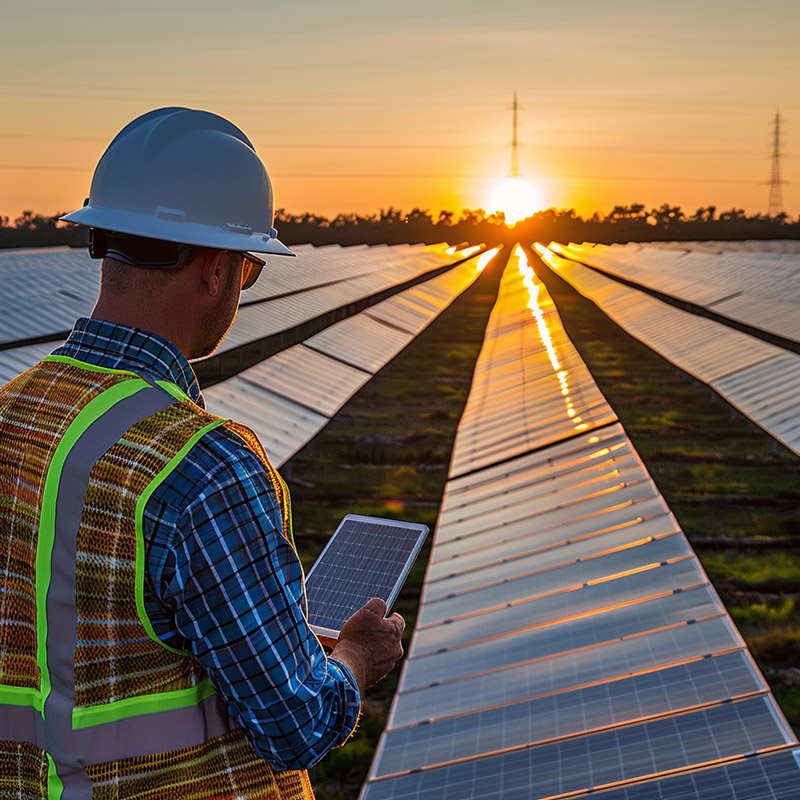
Solar panels have markedly shifted energy production towards more sustainable sources, significantly reducing greenhouse gas emissions by replacing fossil fuels. This transition to solar energy has led to cleaner air, decreased water consumption used in conventional energy production, and a substantial reduction in the ecological footprint of power generation. The widespread adoption of solar panels not only combats climate change but also promotes energy independence and sustainability.
2. Wind Turbines
Utilizing wind energy to produce power, offering a sustainable alternative to traditional energy sources and mitigating climate change impacts.
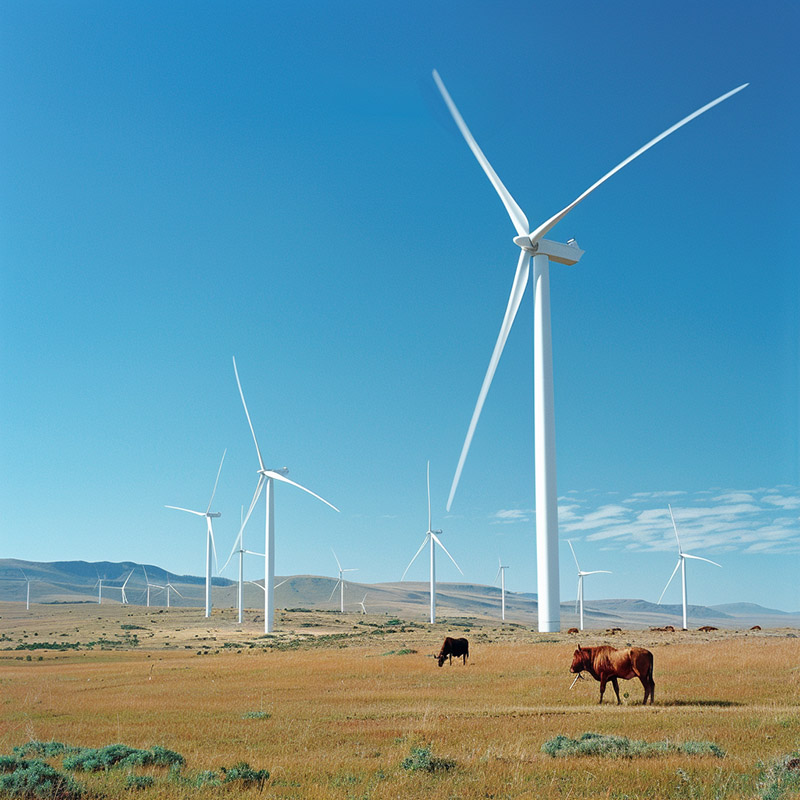
Wind turbines have transformed renewable energy by harnessing wind power to generate electricity without emitting harmful pollutants. Their deployment across various landscapes and offshore sites has contributed to a significant reduction in carbon emissions, fostering a cleaner environment and mitigating the effects of global warming. Wind energy's growth has also lessened reliance on non-renewable resources, demonstrating a viable and eco-friendly alternative to traditional power generation methods.
3. Electric Vehicles (EVs)
Reducing carbon emissions and air pollution by replacing internal combustion engines with electric power.
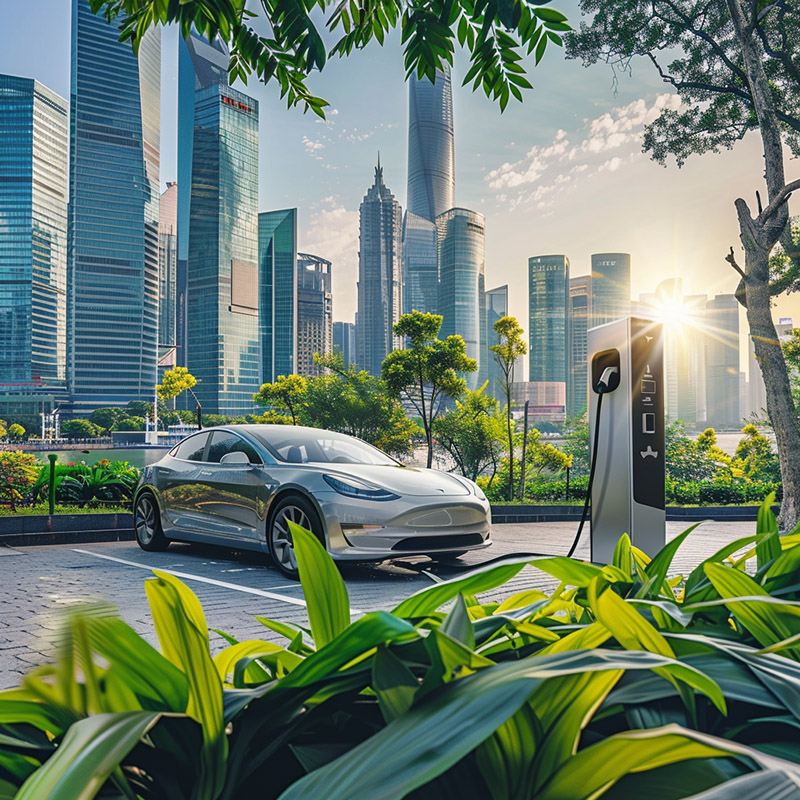
Electric vehicles have introduced a cleaner alternative to transportation, drastically reducing air pollution and greenhouse gas emissions compared to their internal combustion counterparts. By shifting towards electric power, EVs decrease the demand for fossil fuels, contributing to improved air quality and lower carbon footprints. The expanding infrastructure for EVs, including charging stations powered by renewable energy, further amplifies their positive environmental impact.
4. Smart Grids
Enhancing energy efficiency and reliability by using digital technology to manage electricity supply and demand, incorporating renewable energy sources more effectively.

Smart grids have revolutionized energy management by enhancing efficiency and integrating renewable sources seamlessly into the power grid. This intelligent energy distribution reduces energy wastage, optimizes electricity production from renewable sources, and ensures a more resilient and responsive power supply system. The environmental benefits include reduced greenhouse gas emissions and a more sustainable approach to meeting the world's increasing energy demands.
5. LED Lighting
Consuming significantly less energy and lasting longer than traditional bulbs, reducing energy demand and environmental impact.
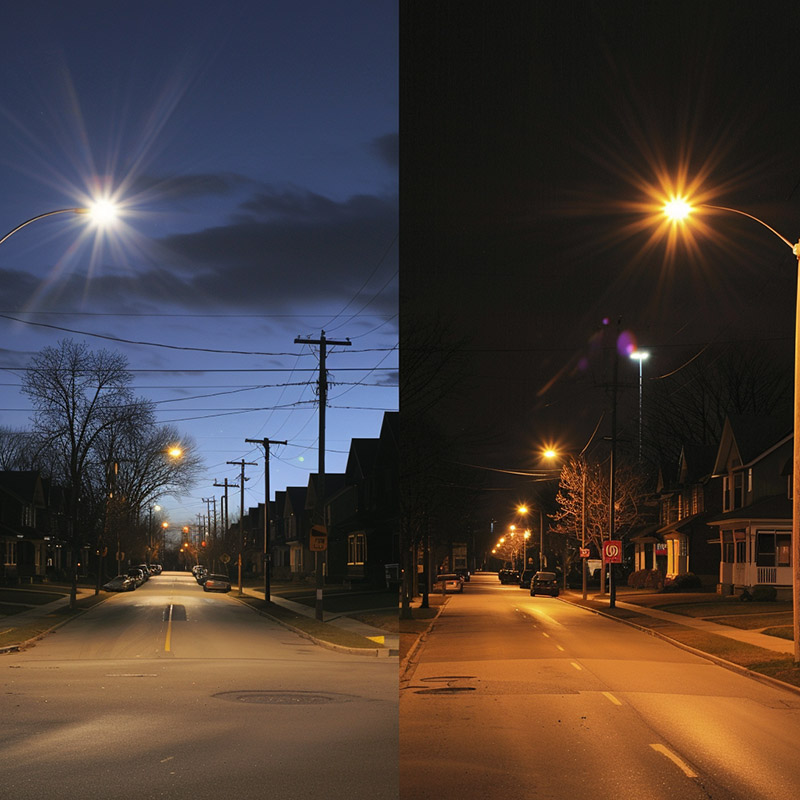
LED lighting technology has significantly impacted energy conservation by offering a highly efficient alternative to traditional lighting. LEDs use a fraction of the energy required by incandescent bulbs and have a much longer lifespan, reducing both energy consumption and waste. The widespread adoption of LED lighting has led to substantial reductions in electricity demand, contributing to lower greenhouse gas emissions and fostering a more sustainable future.
6. Water Purification Technologies
Providing access to clean water through advanced filtration and treatment methods, improving public health and reducing pollution in water bodies.
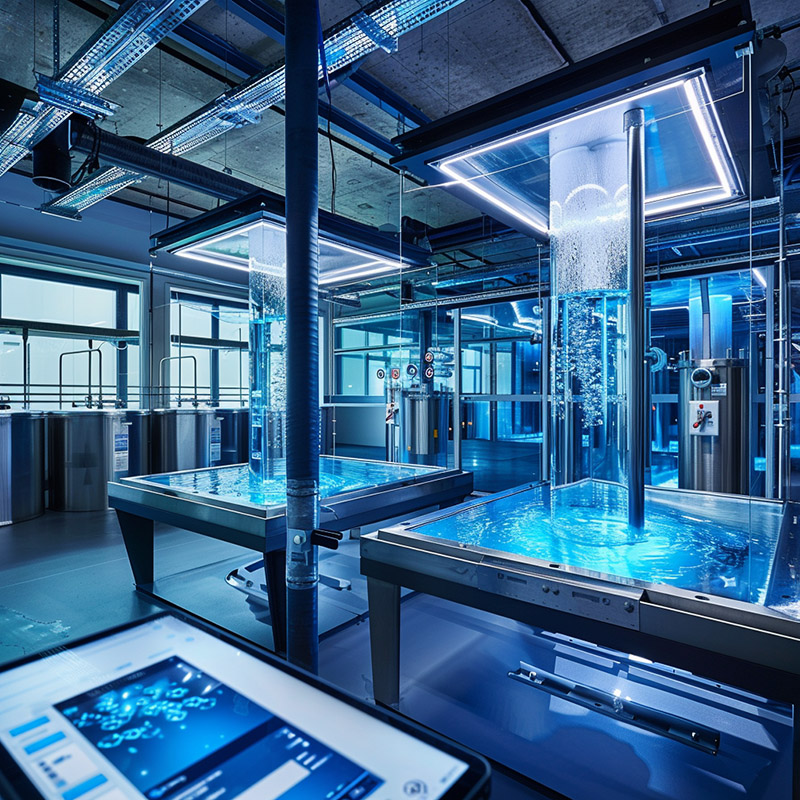
Advanced water purification technologies have enhanced access to clean, safe drinking water, reducing the prevalence of waterborne diseases and minimizing environmental degradation associated with traditional water treatment methods. By employing energy-efficient and chemical-free purification processes, these technologies have improved public health while conserving natural resources and protecting aquatic ecosystems from pollution.
7. Green Building Materials
Utilizing sustainable materials in construction to improve energy efficiency, reduce waste, and lower carbon footprints.
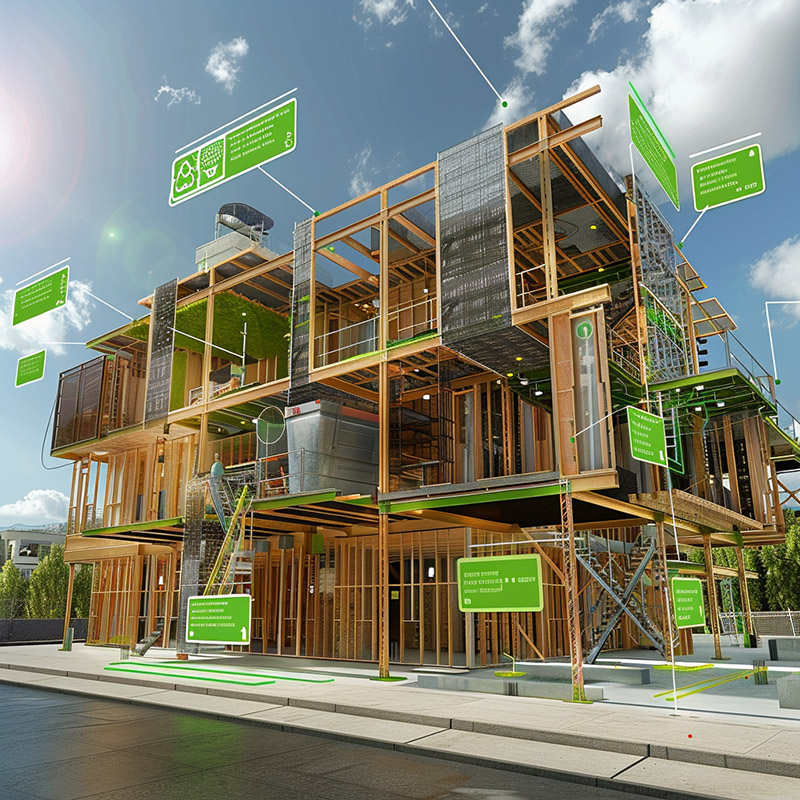
The use of green building materials has paved the way for more sustainable construction practices, significantly reducing buildings' environmental impact. These materials, often sourced from renewable or recycled content, offer improved energy efficiency, reduced waste, and lower greenhouse gas emissions throughout the construction lifecycle. By prioritizing sustainability, green building materials contribute to healthier living environments and long-term ecological balance.
8. Precision Agriculture
Employing advanced technologies like GPS, IoT sensors, and data analytics to optimize farming practices, increase crop yields, and minimize environmental impacts like overuse of water and fertilizers.
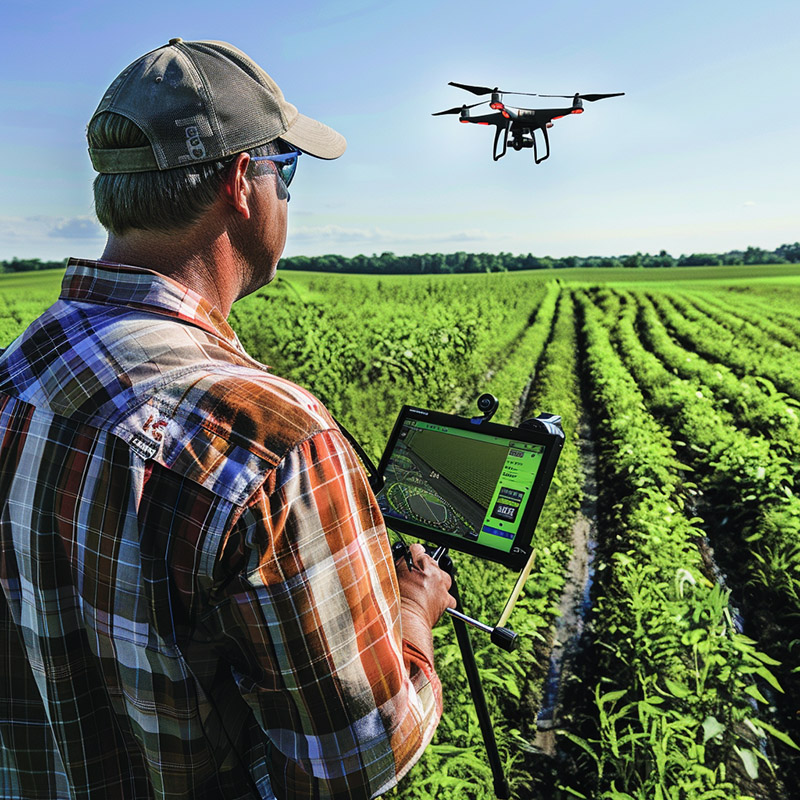
Precision agriculture has revolutionized farming practices by optimizing resource use and reducing environmental impacts. Through data analytics, GPS, and IoT devices, farmers can precisely manage water, fertilizers, and pesticides, enhancing crop yields while minimizing runoff and soil degradation. This targeted approach to agriculture promotes sustainability, conserves natural resources, and supports food security in a changing climate.
9. Reforestation Drones
Planting trees at a fast rate and accessing hard-to-reach areas to combat deforestation and restore ecosystems.

Reforestation drones are combating deforestation at an unprecedented scale and speed, planting trees in areas that are difficult or impossible to reach by humans. This technology accelerates reforestation efforts, critical for absorbing CO2, restoring ecosystems, and preserving biodiversity. The large-scale planting capabilities of drones offer a promising tool in the fight against climate change, showcasing a novel approach to environmental restoration.
10. Carbon Capture and Storage (CCS)
Capturing carbon dioxide emissions from sources like power plants and storing it underground to prevent it from entering the atmosphere, helping to mitigate climate change.
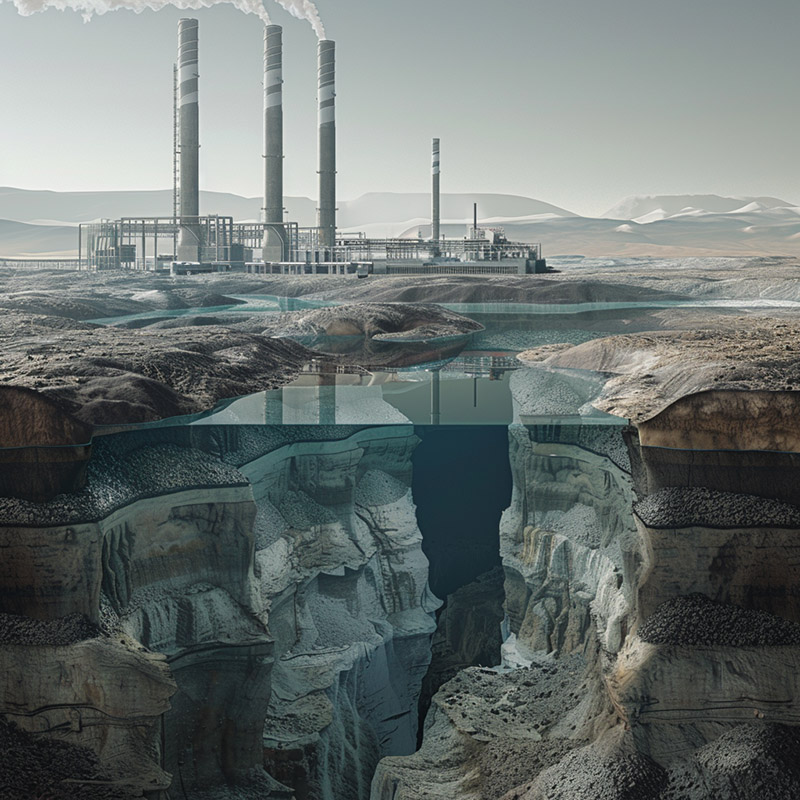
Carbon capture and storage technology has emerged as a key strategy in reducing industrial carbon emissions, capturing CO2 before it enters the atmosphere and storing it safely underground. CCS plays a crucial role in mitigating the impact of fossil fuel use and facilitating the transition to a low-carbon future. By addressing emissions from the largest sources, CCS technology contributes to global efforts to combat climate change and achieve sustainability targets.